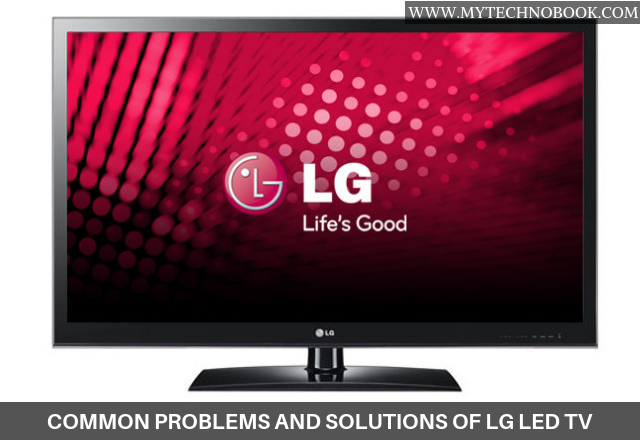Introduction
Are you planning to buy a new television set? There are several remarkable technologies available in the market to choose from. OLED (Organic Light Emitting Diode) and 4K are the two prominent technologies in the market. Television sets made using these technologies are thin, light in weight, and provide incredible contrast. So, how do you select between an OLED television and a 4K television? This article will clear your confusion and give you a clarity on these models. It will help you form the right buying decision.
Home entertainment experience
Though both 4K and OLED television offer amazing viewing experiences, OLED technology completely transforms your entertainment experience. This is accomplished with cinematic colors, High Dynamic Range, superior blacks, and Dolby Vision support. OLED TVs provide remarkable viewing angles, consistent contrast, and color at the widest angles.
Their pencil-thin profiles, superior watching angles, clear action, and remarkable colors gives an unmatched theater like experience to its users. So, in this case, OLED television is a preferred choice over 4K television.
Color Accuracy
When it comes to color accuracy, 4K television lack in the richness of colors. Colors seem to have no depth. In OLED displays, red, blue and green pixels work in close association to create a wide range of colors. Color information is precisely replicated with OLED technology. It is richer, realistic and deeper than 4K technology. So, here the winner is OLED television.
Sharpness of image
4K has an upper hand in this aspect. 4K television provide an incredible level of clarity to its users. They are better than OLED in processing of images. It also offers recent chip set that delivers crisp and crystal clear images.
Resolution
The 4K UHD or Ultra High Definition television set provides a screen resolution of 2160 lines *3840 pixels and an aspect ratio of 16:9. On the other hand, television set built on OLED technology help you create awesome displays with 4K resolutions.
All 4K television set provide double resolution as that of a typical HDTV. Double vertical scanning lines from 1080p to 2160p makes resolution in 4K TV sets 4 times more than a High definition television.
OLED television provide a simplified internal structure in place of a traditional display. There are only a few layers, that makes OLED TVs remarkably light in weight and super thin. OLED television set are characterized by incredible picture quality, infinite contrast and bright, vibrant colors. OLED television provides far better resolution than traditional 4K television.
Contrast
OLED Technology is a lot similar to plasma technology. It offers an unlimited gray scale and deeper blacks. Black color look perfect and inky in the OLED TVs. This is not the case in 4K TVs.
OLED TVs show exceptional dark shadow detail even in the shaded regions of the image. The light and colors pops, displaying excellent detail and contrast.4K TVs are based on the traditional LCD front panel with a backlight LED source that has no comparison with the exceptional performance of OLED TVs. So, the winner is OLED technology.
Brightness Levels
The peak whites and brightness generated by 4K televisions are unlimited. OLED Television offer limited brightness due to the organic form of light emitting diode, pixel size and organic material structure. Also, there is no provision of backlight in OLED television. 4K television provides the brightest daytime viewing. So, the winner is LED television!
Longevity
OLED plasma models have a tendency to burn in quote easily. Also, the green colored phosphors do not provide long lasting nature. 4K Television set makes use of long-lasting full array, edge lit backlights and LCD enabled front panels that are made up of twisting crystals. This makes this technology to last easily for 60K viewing hours. So, the winner in this case is 4K television.
Screen Uniformity
The backlight and CCFL of 4K televisions fail to provide desired screen uniformity. These television set provide more issues with picture screen uniformity. It sometimes shows brighter background at the edges than at other areas of the screen.
OLED Technology provides a uniform spread of light throughout the picture. This is because every single pixel cell of the image is illuminated individually. This ultimately improves the picture quality of the image.
Conclusion
Buying a television set is an expensive affair. You need to assess it on the basis of a few important factors. Both these technologies are based on varying display technology to provide you a lot satisfying “home entertainment experience”. If price is not a constraint, I would suggest you buy an OLED television over a 4K TV. Wait for some time till the price difference narrows. Hope it simplifies your search and gives you the perfect television set to create your customized home entertainment experience.

